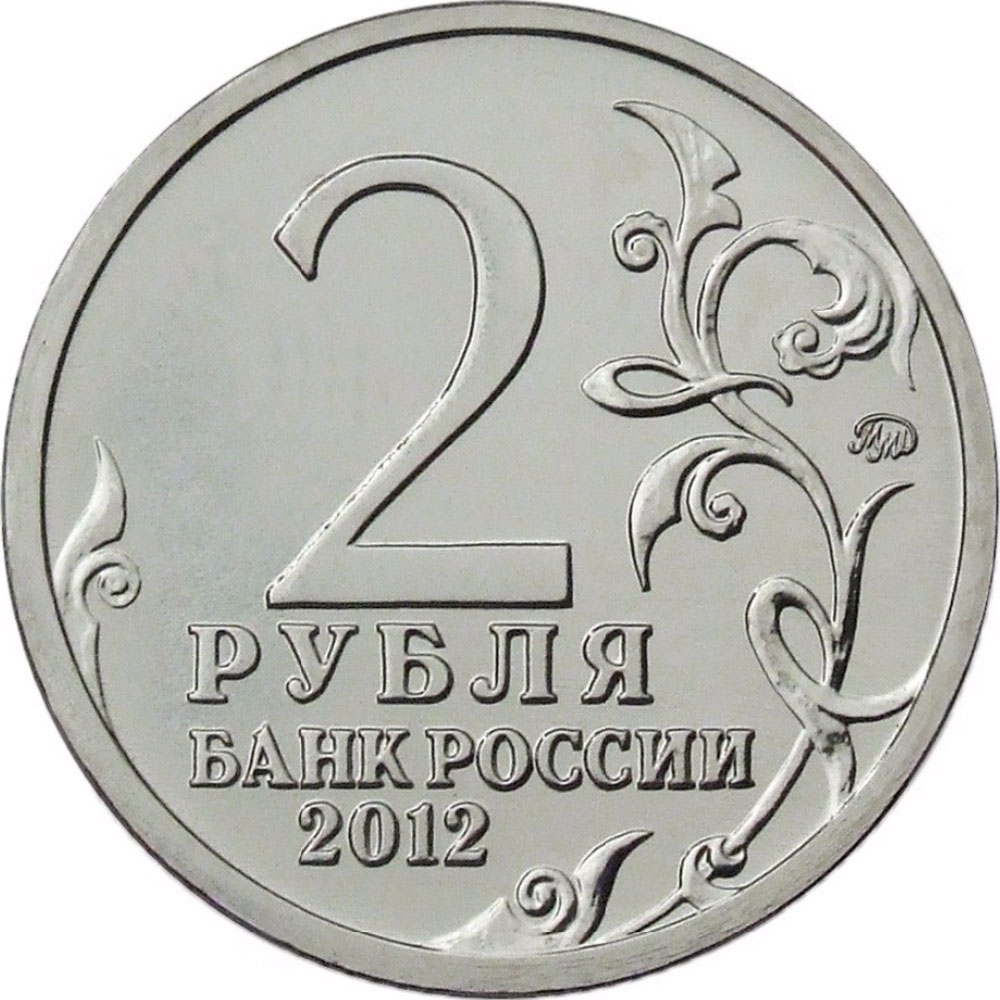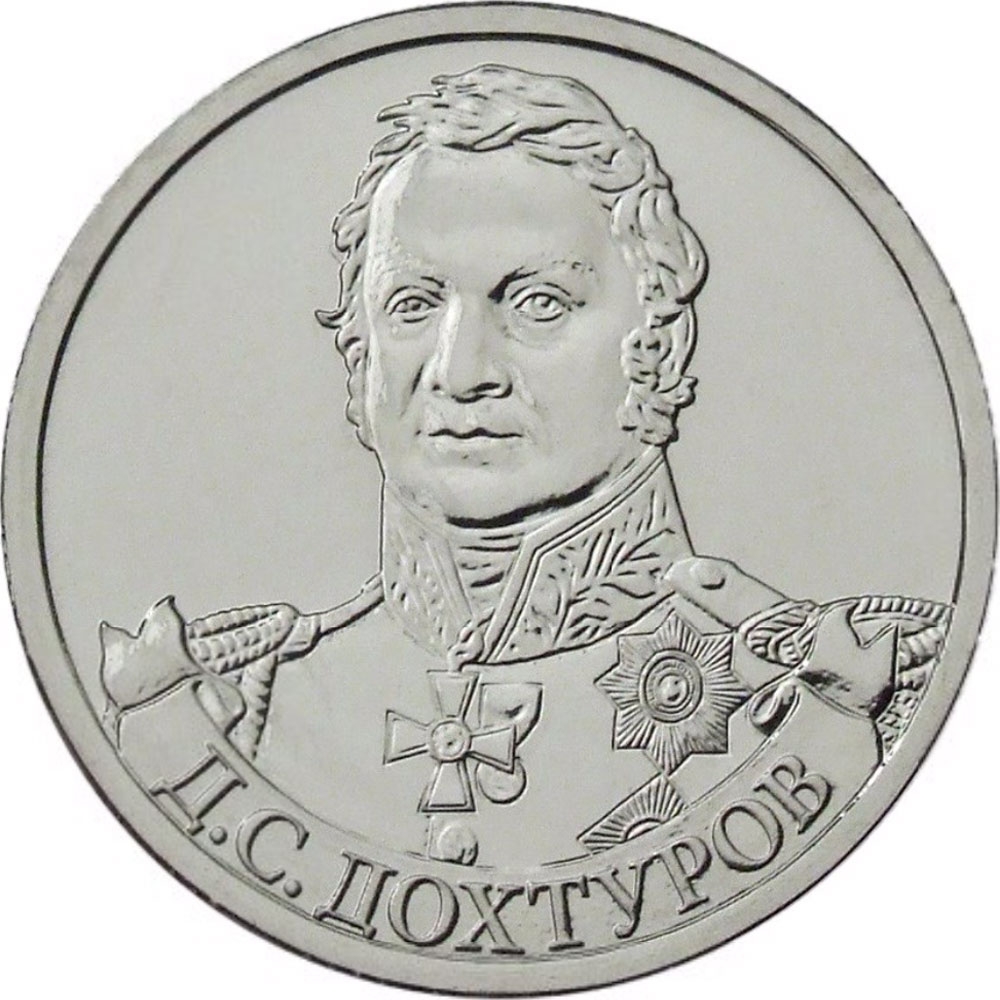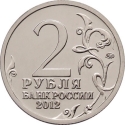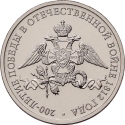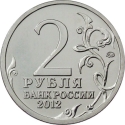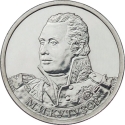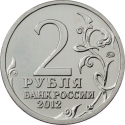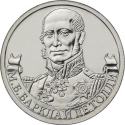You are about to finish your registration. Please check your mailbox (including spam folder). There should be a letter with a confirmation link. Check setting to make sure that your e-mail address is correct.
Send letter againDescription
The French invasion of Russia, known in Russia as the Patriotic War of 1812 and in France as the Russian Campaign, began on 24 June 1812 when Napoleon's Grande Armée crossed the Neman River. Through a series of long marches Napoleon pushed the army rapidly through Western Russia, winning a battle at Smolensk in August. Napoleon hoped the battle would mean an end of the march into Russia, but the Russian army slipped away from the engagement and continued to retreat into Russia while leaving Smolensk to burn.
On 7 September, the French caught up with the Russian army which had dug itself in on hillsides before a small town called Borodino, seventy miles west of Moscow. The battle that followed was the largest and bloodiest single-day action of the Napoleonic Wars, involving more than 250,000 soldiers and resulting in 70,000 casualties. The French gained a tactical victory, but at the cost of 49 general officers and thousands of men. The Russian army was able to extricate itself and withdrew the following day, leaving the French without the decisive victory Napoleon sought.
Napoleon entered Moscow a week later. The loss of Moscow did not compel Alexander I to sue for peace. The French advance toward Kaluga where Napoleon tried once more to engage the Russian army for a decisive action at the Battle of Maloyaroslavets. Despite holding a superior position, the Russians retreated following a sharp engagement, confirming that the Russians would not commit themselves to a pitched battle. Napoleon was forced to retreat. Lack of food and fodder for the horses, hypothermia from the bitter cold and persistent attacks upon isolated troops from Russian peasants and Cossacks led to great losses in men, and a general loss of discipline and cohesion in the army. When the remnants of Napoleon's army crossed the Berezina River in November, only 27,000 effective soldiers remained; the Grand Armée had lost some 380,000 men dead and 100,000 captured. The campaign effectively ended on 14 December 1812 with the last French troops leaving Russian soil.
Obverse

|
In the centre, a little to the left denomination of the coin: the figure 2 and words under it RUBLES and BANK OF RUSSIA written horizontal, below along the rim and on the right part of the disc the stylized vegetable ornament (vine sprig) in form of a branch with two interwoven caulescents, to the right at the rim the Moscow Mint's trademark (MMD). 2 |
|---|---|
Reverse

|
Depicts a portrait of Dmitry Dokhturov in the military uniform, below at the rim the inscription on a wide ribbon D.S. DOKHTUROV. Д.C. ДОХТУРОВ |
| Edge |
2 Rubles
200th Anniversary of Patriotic War Victory (1812)
Warlords and Heroes: Dmitry Dokhturov
Subscribe series
Y# 1398 CBR# 5710-0008
200th Anniversary of Patriotic War Victory (1812)
Warlords and Heroes: Dmitry Dokhturov
Characteristics
| Type | Commemorative Issue (Circulating) |
| Material | Nickel Plated Steel |
| Weight | 5 g |
| Diameter | 23 mm |
| Thickness | 1.8 mm |
| Shape |
|
| Alignment | Medal |
| Mint |
Moscow Mint (MMD)
|
Related coins
200th Anniversary of Patriotic War Victory (1812)
200th Anniversary of Patriotic War Victory (1812)
200th Anniversary of Patriotic War Victory (1812)
